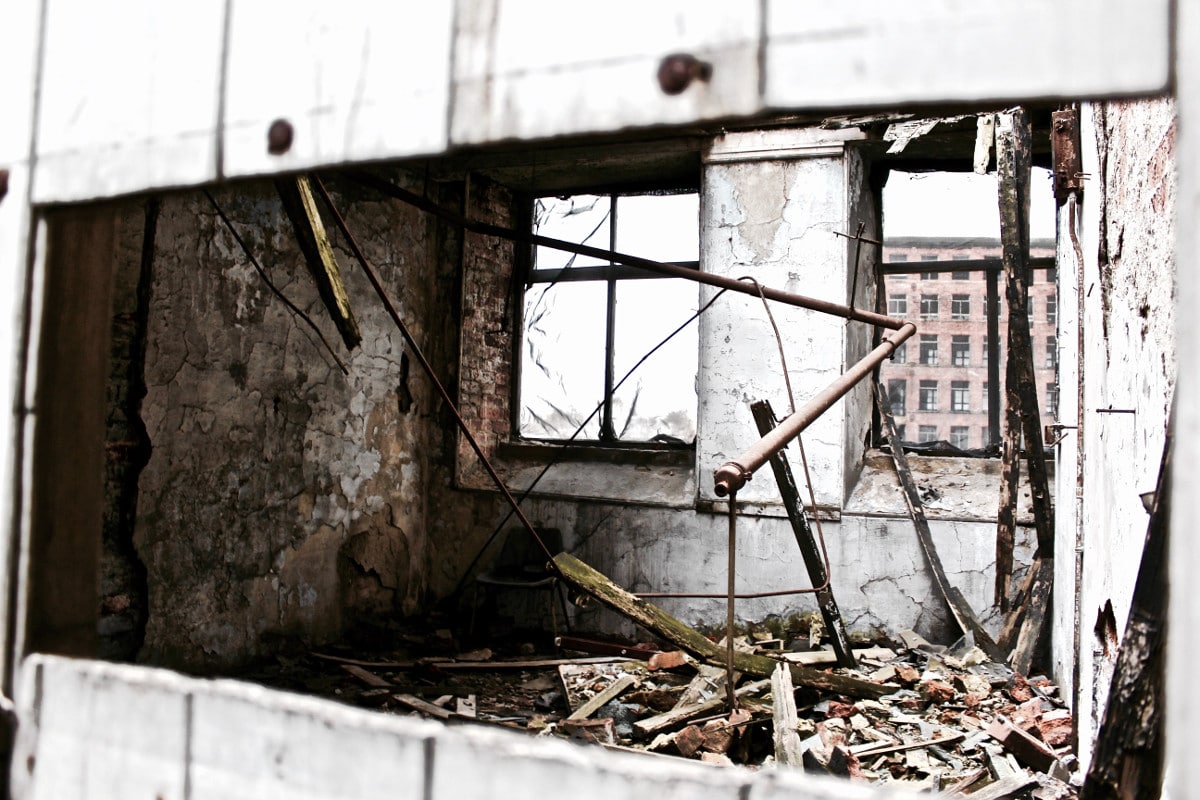Dilapidations Surveyor | London & Home Counties | RICS
What is a Dilapidations Surveyor?
A dilapidations surveyor prepares a document called a schedule of dilapidations that details the items that need to be repaired in a property by a tenant, who is liable for such repairs under their lease obligations. The tenant’s responsibilities can include redecoration, reinstatement, or repair of the premises and may have been caused by mistreatment of the property, poor repairs or a complete lack of repairs. Any failure to carry out these repairs or changes constitutes a breach of the lease and the landlord can issue a Dilapidations claim against the tenant.
Dilapidations claims can be made either during the lease term or after the lease has expired. Here’s what landlords and tenants should understand about Schedules of Dilapidation, obligations, the dispute resolution process and how to avoid a claim.
Dilapidations Surveyor Quote
Please select “Other Services” and then “Schedule of Dilapidations” to get a quote

At Harding Chartered Surveyors, we’re a team of independent and impartial RICS Chartered Building Surveyors that can carry out surveys on behalf of landlords and tenants of commercial properties and can act as an Expert Witness. If you have any questions, need advice or want to book a dilapidation survey, don’t hesitate to call us on 020 3598 6730.
Advice for landlords
Throughout the duration of your tenant’s lease, it’s sensible to conduct regular inspections of your property to ensure that the tenants are adhering to the terms of the lease and paying attention to matters of maintenance.
This requirement for periodical inspections should be written into the terms of the lease and can be conducted by either the landlord themselves or by the property management team with the prior approval or the tenant.
Any problems discovered should be effectively communicated with the tenant and any repairs required should be requested in writing as soon as possible.
If the problem could lead to lasting damage to the property, and the Landlord’s reversion, it is advisable to ask your surveyor to issue an Interim Schedule of Dilapidation which will require the tenant to complete repair work immediately.
In addition to the Interim Schedule of Dilapidation which can be issued at any time, there is the Terminal Schedule of Dilapidation.
The Terminal Schedule of Dilapidation can be is issued during the last eighteen months of the lease and is intended to prevent any damage to the value of the Landlord’s property caused by the disrepair..
This can include repairs, removal of the tenants fixtures and alterations, redecoration and renewal of worn out parts of the building. This helps both tenant and landlord to understand any obligations whilst there is still time for the tenant to carry out the work required and helps avoid a dispute.
Should the tenant fail to carry out any repairs or remedial work, they will be breaching the terms of the lease according to section 146 of the Law of Property Act 1925. The landlord can issue a Final Schedule of Dilapidations which is usually solely a financial claim as the tenant will no longer be able to access the property.
How to issue a Schedule of Dilapidation
Towards the end of the lease, a landlord usually retains a chartered surveyor who can inspect the premises thoroughly and prepare a Schedule of Dilapidations where required. This can be served before the end of the lease to allow the tenant to complete any required repairs or reinstatements themselves
This document should identify exactly which clauses of the lease have been breached as well as suggesting what works should be done to rectify the problem. Depending on the time that the Schedule of Dilapidation is issued, the document might also include costs, and any loss of rent incurred whilst the repairs are carried out. If the tenant still does not comply, the landlord can claim damages via a Terminal Dilapidations claim.
This claim can include the details of the landlord’s loss as a result of the dilapidation, loss of rent and reduced property value. A formal valuation will also be required, according to section 18 of the Landlord & Tenant Act 1927.
Any claim made by the landlord should adhere to certain points regarding costs, obligations, improvements and any financial implications.
-
It should be clear that the items are in disrepair and that it is the tenant’s formal responsibility under the terms of the lease.
-
Any costs claimed should be reasonable.
-
Claims regarding loss of rent must be proven
-
The tenant is not responsible for refurbishments
-
There is a limit to the damages that a landlord can claim from the tenant
The tenant may seek the help of their own surveyor who can assess the claim and start the negotiation process.
Summary
A Schedule of Dilapidations is a part of property law that helps to ensure that a tenant meets the terms of the lease and therefore returns the property to the landlord in good condition. This document also allows tenants to dispute any alleged damages, helping to protect both sides involved in any property agreement.
If you’d like personally tailored advice or guidance on drawing up a lease, creating a Schedule of Condition or Dilapidations or understanding the terms of a lease, contact our team of highly experienced Chartered Building Surveyors today.
Served a Schedule of Dilapidations?
If the worst should happen, and you receive a Schedule of Dilapidations, ensure that you respond quickly and efficiently.
Seek advice from your dilapidations surveyor as to what repairs are necessary and relevant under the terms of the lease. Make any repairs necessary, reinstate any alterations and restore the property to the condition it was in at the start of your tenancy to avoid the matter going further.
If the landlord still believes that you have breached your lease and have not carried out the changes necessary to return the property to a good condition, he or she may issue a claim for damages.
Seek professional help from a surveyor who can assess the property, create a detailed response to any claim and help to guide you through the process. He or she will also work to put forward a counter-argument and reduce your claim according to the terms of the dilapidations protocol (The ‘Pre-Action Protocol for Claims for Damages in Relation to the Physical State of Commercial Property at Termination of Tenancy’).
Often your dilapidations surveyor and landlord will agree on a settlement figure. However, if no agreement is made, you should turn to a dispute resolution service who can provide further help. Ultimately, the dispute may end up in Court at great cost to all parties concerned.

How to avoid a Schedule of Dilapidations as a tenant
Before signing a lease or renewing a lease, you should always be entirely sure of your liabilities as a tenant to ensure you are not held responsible for the condition of the premises.
Read the lease in detail before signing and contact a qualified Chartered Surveyor if there are any clauses in the lease that are unclear or seem to impose full repairing obligations. He or She can explain what will be expected of you and help you avoid future financial liability.
Be especially cautious if the premises in question is a listed building. These tend to be prone to issues such as windows that don’t open correctly, frequent roof leaks, damp and condensation issues which can cause subsequent damage that would not be your fault.
If you choose to go ahead and rent the property, ask your surveyor to draw up and agree with the Landlord a Schedule of Condition before you sign the lease. This provides an official record of the condition of the property before the lease starts and can provide factual evidence in case of a dispute.
Keep all documents in a safe place and ensure that you practice good maintenance whilst you occupy the property.
